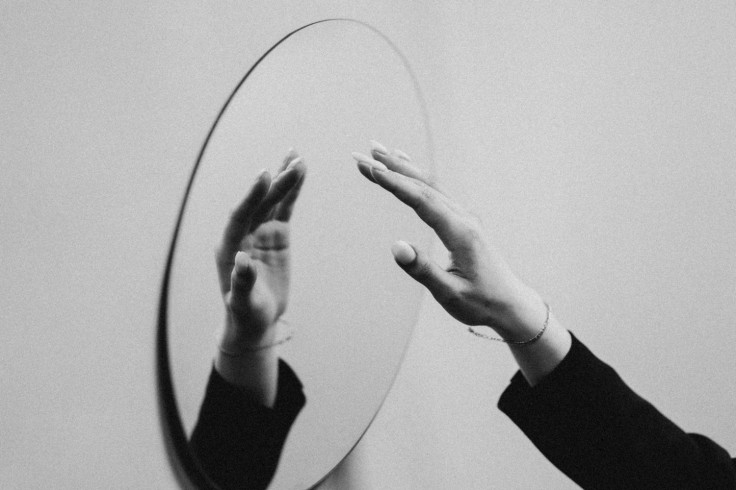
A mirror is a glass coated with a metal amalgam that reflects a clear image. While the main purpose is for a person to see his reflection in the mirror and do some stuff, children can benefit from it, such as visual activity, movement, cognitive development, and independence, per Montikids.
Bartram Academy encourages parents to allow kids to interact with mirrors at home, especially in the playing area, as they will be more inclined to see how various objects appear when reflected and may even utilize them as a whole other dimension according to their own perspective.
A mirror helps children to witness things in an entirely different way. Hence, parents must not force children to use a mirror. Instead, allow them to discover the mirror and its purpose on their own. Avoid explicitly directing their attention to it and check how a child would react to it.
Furthermore, children can also learn through play while observing their own movements and the mirror itself. Mirrors also allow children to explore symmetry through the refraction of light, radiance, silhouette, angles, patterning, and shapes.
The role of the mirror in the children's lives
Playing with your child in front of the mirror helps them to recognize themselves. On the other hand, kids can tell what they are seeing and won't reach out to their reflection when they are already two years old. Parents can also help by talking to them about themselves and showing them photographs.
Infants aged 6 to 18 months immediately smile at their reflection or create sounds when looking at the mirror. Toddlers aged 15 to 36 months display self-recognition while looking in the mirror and touching other body parts that toddlers can see only with a mirror.
It encourages children to keep their heads up and look around in the mirror. Visual tracking skills are also enhanced while they watch movement reflections and hone fine motor skills as it motivates babies to reach, pat, and point. Over time, the concept of the mirror evolves as the reflection eventually leads to the kid's experience of acceptance and validity. The validation is internalized, and the child can enter adult life with self-acceptance and self-awareness as time goes by.
Playing with the mirror allows children to develop visual senses and keeps them entertained with enough time to develop muscles and physical abilities. Also, playing with a mirror hones language skills, per First Things First.
How the mirror can also be dangerous to children?
A mirror may help children in many aspects of their development, but this doesn't mean it could not harm them. There's a big possibility that a heavy and full-length or small mirror could break or fall on them. Thus, if planning to put one, make sure to use the baby-safe mirror made of plastic.
Bear in mind that a mirror should not hang on the wall if you have a kid as they will tend to lean against the wall causing the mirror to fall and crack and can pose a danger not only to your family but particularly to the young ones, Hi Pages reported.
Related Article : What To Do When Your Child Has Nightmares?